Dunblane High School has become one of the first in Scotland to introduce a complete mobile phone ban in the classroom.
Following new guidance from the Scottish Government that gives headteachers the power to crack down on phone usage, the school has implemented a strict policy to enable pupils to “focus entirely on their learning”.
S1 and S2 pupils must place their phones into a multi-pocket holder, which hangs at the front of the class, at the beginning of each lesson.
Older pupils are currently trusted to keep their devices – which includes tablets and earphones – in their school bags, but the phone “amnesty” may soon be rolled out to all year groups.
All phones must be kept in silent mode during class and can only be used at break and lunchtime.
Anyone caught breaking the rules will be issued with an immediate “ICT Misuse demerit” and their parents will be notified.
Phone dependency can have a detrimental impact on learning
Headteacher Stuart Mackay believes the policy will give young people “respite from their phone and the environment for them to concentrate and apply themselves appropriately in each class.”
But some pupils say the move is “unfair”, and takes away their personal freedom.
Mr Mackay told parents in a letter, seen by The Courier: “We have surveyed the opinions of pupils, parents and staff, we have looked at research and liaised and learned from other schools.
“Dunblane High School accepts that mobile devices are part of modern day life and parents/carers give their children mobile devices to protect them from every day risks.
“However, research shows that mobile phone dependency can have a detrimental impact on young people’s learning as it can impact on their attention and concentration in class.
“As a school community we recognise that we have to work together to ensure that young people get respite from their phones and that they are in a school environment that is conducive to supporting them in every way to learn and develop.”
A survey undertaken by the school ahead of the new policy found that 98% of staff felt the school “had a problem” with young people accessing their mobile phones during the school day, and 61% of parents felt the school needed to review its mobile phone policy.
However, 87% of pupils said that phones should not be banned in school.
Green Dunblane and Bridge of Allan councillor Alasdair Tollemache commented: “I think this a great initiative by the school.
“I have teachers in my family and know how difficult it is for young people to concentrate with phone distractions.”
Pupils have questioned why teachers are allowed to use phones
One S3 pupil, who The Courier has chosen not to name, said: “Most of us think the new rule is ridiculous.
“Pupils didn’t really use their phones before the new rule came into place and now, because of the ban, it makes you want to use your phone more.
“There is more risk of phones being stolen now that they have to be placed at the front of class in something that looks like a big advent calendar.”
They added: “Teachers are still using their phones during lessons, or have them on their desk, which contradicts the new rule, as teachers are not giving pupils 100% of their attention.
“The head teacher calls the pupils ‘young people’ but we aren’t treated like responsible young people and by changing the phone policy it’s taking away part of our freedom.”
A Stirling Council spokesperson said: “We’re working closely with our schools to raise awareness of the new Scottish Government guidance on mobile phones.
“Each school is being supported to adopt an approach best suited to them, with any further developments progressed through collaboration with parent councils and young people.”
Read more
Stirling hosts school swim lessons for Clackmannanshire pupils despite axing classes for local kids

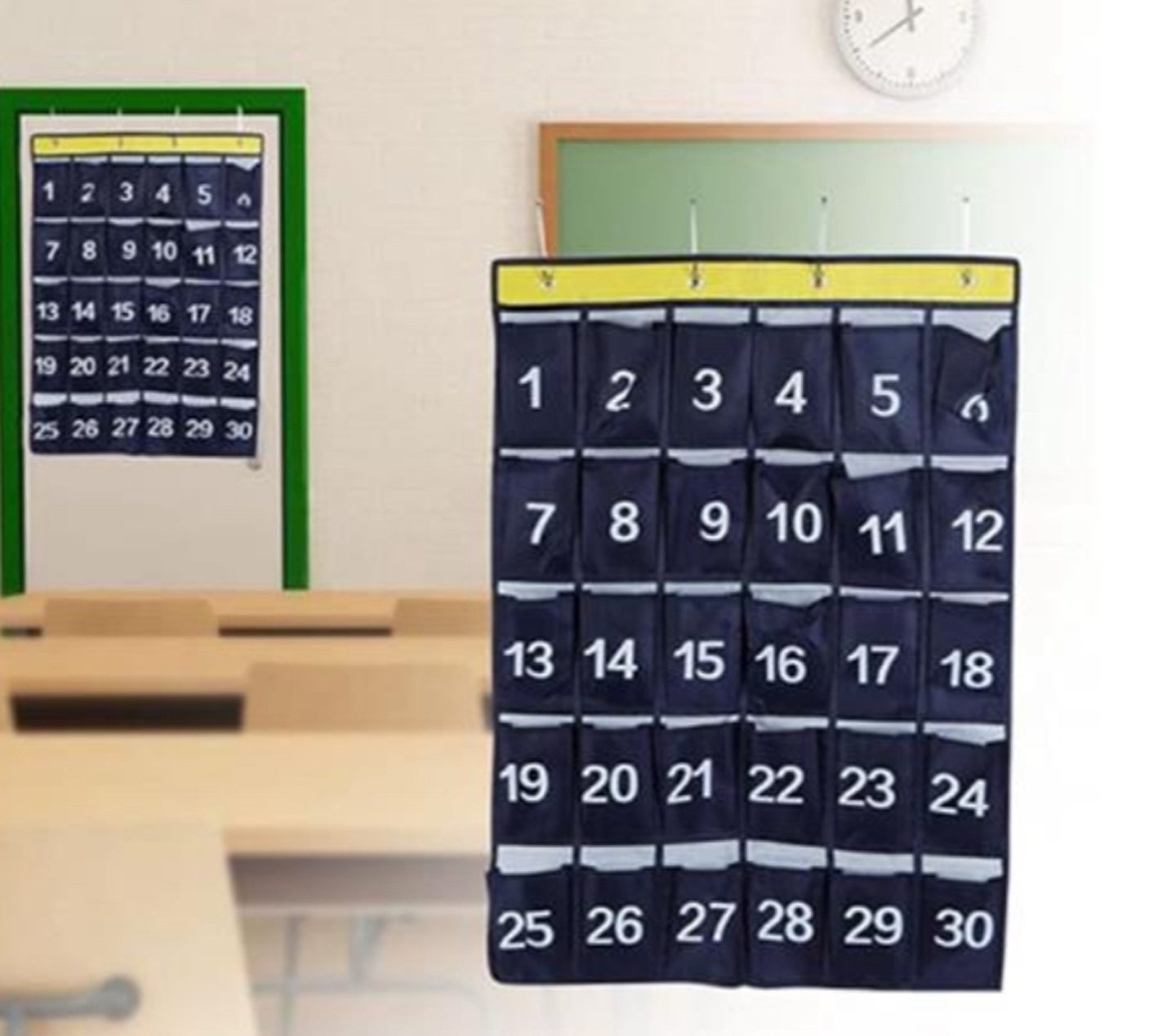
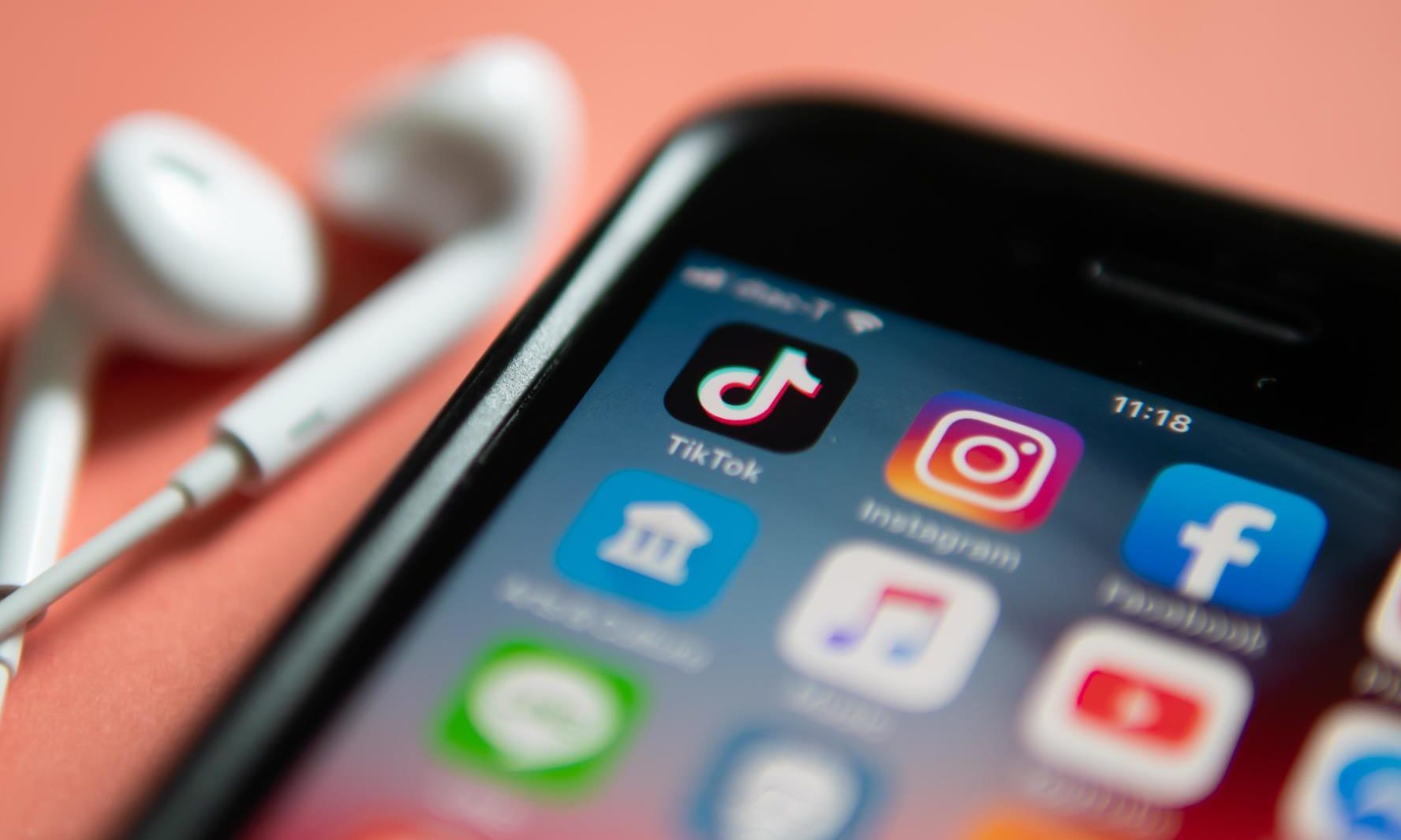

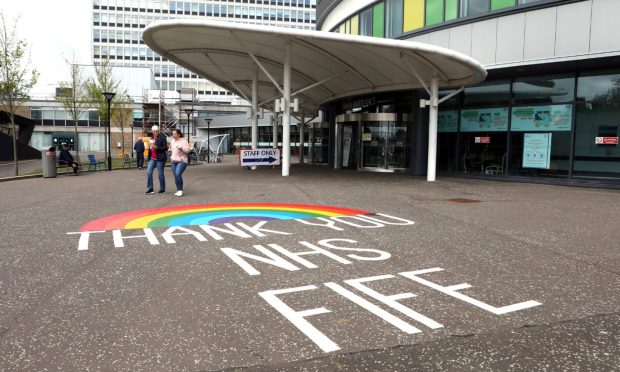


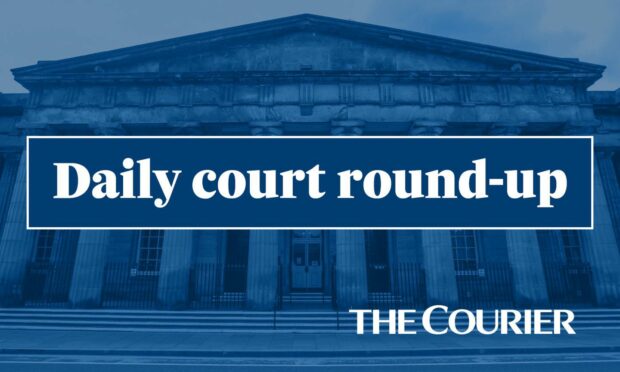


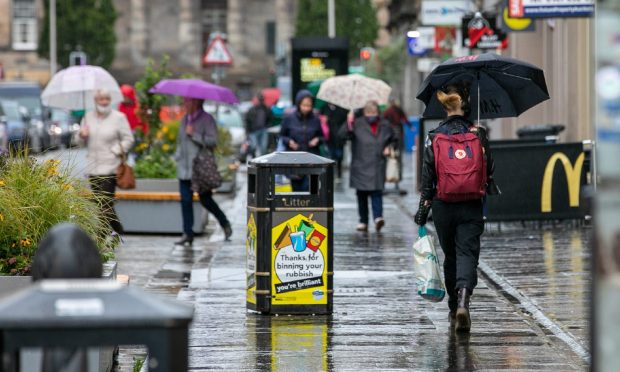
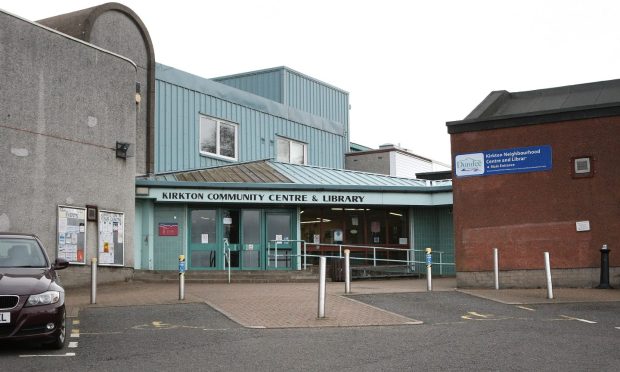
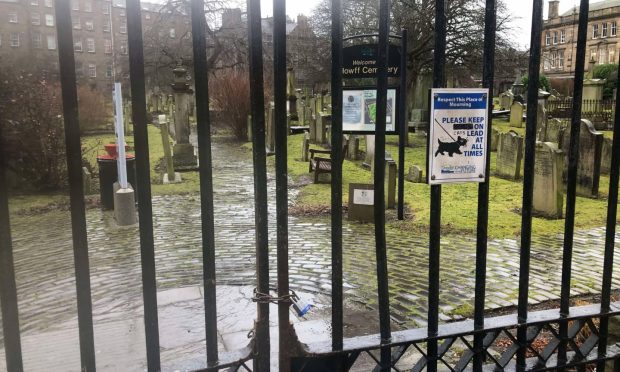

Conversation